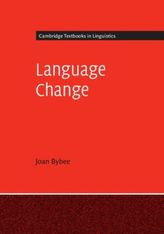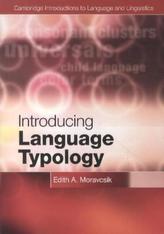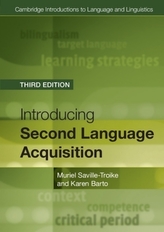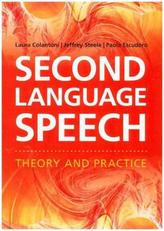Word-Formation in English
1034 Kč 1 076 Kč
Expedujeme 1 až 2 dny
Sleva až 70% u třetiny knih
Preface to the first edition; Preface to the second edition; Abbreviations and notational conventions; Introduction: what this book is about and how it can be used; 1. Basic concepts; 1.1. What is a word?; 1.2. Studying word-formation; 1.3. Inflection and derivation; 1.4. Summary; Further reading; Exercises; 2. Studying complex words; 2.1. Identifying morphemes; 2.1.1. The morpheme as the minimal linguistic sign; 2.1.2. Problems with the morpheme: the mapping of form and meaning; 2.2. Allomorphy; 2.3. Establishing word-formation rules; 2.4. Multiple affixation and compounding; 2.5. Summary; Further reading; Exercises; 3. Productivity and the mental lexicon; 3.1. Introduction: what is productivity?; 3.2. Possible and actual words; 3.3. Complex words in the lexicon; 3.4. Measuring productivity; 3.5. Constraining productivity; 3.5.1. Pragmatic restrictions; 3.5.2. Structural restrictions; 3.5.3. Blocking; 3.6. Summary; Further reading; Exercises; 4. Affixation; 4.1. What is an affix?; 4.2. How to investigate affixes: more on methodology; 4.3. General properties of English affixation; 4.3.1. Phonological properties; 4.3.2. Morphological properties; 4.3.3. Semantic properties; 4.3.4. Classifying affixes; 4.4. Suffixes; 4.4.1. Nominal suffixes; 4.4.2. Verbal suffixes; 4.4.3. Adjectival suffixes; 4.4.4. Adverbial suffixes; 4.5. Prefixes; 4.6. Infixation; 4.7. Summary; Further reading; Exercises; 5. Derivation without affixation; 5.1. Conversion; 5.1.1. The directionality of conversion; 5.1.2. Conversion or zero-affixation?; 5.1.3. Conversion: syntactic or morphological?; 5.2. Prosodic morphology; 5.2.1. Truncations: truncated names, -y diminutives, and clippings; 5.2.2. Blends; 5.3. Abbreviations and acronyms; 5.4. Summary; Further reading; Exercises; 6. Compounding; 6.1. Recognising compounds; 6.1.1. What are compounds made of?; 6.1.2. More on the structure of compounds: the notion of head; 6.1.3. Canonical and non-canonical compounds; 6.1.4. Summary; 6.2. An inventory of compounding patterns; 6.3. Nominal compounds; 6.3.1. Headedness; 6.3.2. Interpreting nominal compounds; 6.3.3. Stress assignment; 6.4. Adjectival compounds; 6.5. Verbal compounds; 6.6; Neoclassical compounds; 6.7. Compounding: syntax or morphology?; 6.8. Summary; Further reading; Exercises; 7. Theoretical issues: modelling word-formation; 7.1. Introduction: why theory?; 7.2. Phonology-morphology interaction; 7.3. Affix ordering; 7.4. The nature of word-formation rules; 7.4.1. Morpheme-based morphology; 7.4.2. Word-based morphology; 7.4.3. Analogy; 7.4.4. Naive Discriminative Learning; 7.4.5. Summary; Further reading; Exercises; Answer key to exercises; Chapter 1; Chapter 2; Chapter 3; Chapter 4; Chapter 5; Chapter 6; Chapter 7; References; Index.
| Autor: | Plag, Ingo |
| Nakladatel: | Cambridge University Press |
| Rok vydání: | 2018 |
| Jazyk : | Angličtina |
| Vazba: | Paperback / softback |
| Počet stran: | 280 |
Mohlo by se vám také líbit..
-

Introduction to English Linguistics
Plag, Ingo
-

Research Methods in Linguistics
Podesva, Robert J.
-

English Literature in Context
Poplawski, Paul
-

Women Talk More Than Men
Kaplan, Abby
-

English as a Global Language
Crystal, David
-

Language Change
Bybee, Joan
-

Introducing Psycholinguistics
Warren, Paul
-

Introducing Language Typology
Moravcsik, Edith A.
-

Introducing Second Language Acquisition
Saville-Troike, Muriel
-

Middle Egyptian
Allen, James P.
-

Modernism and the Machinery of Madness
Gaedtke, Andrew
-

Second Language Speech
Colantoni, Laura
-

First Language Acquisition
Clark, Eve V.
-

Modern Particle Physics
Thomson, Mark
-

The Collapse of Complex Societies
Tainter, Joseph A.
-

A Course in English Language Teaching
Ur, Penny





